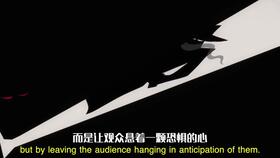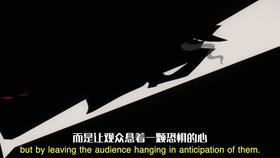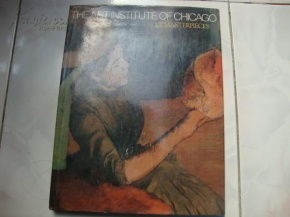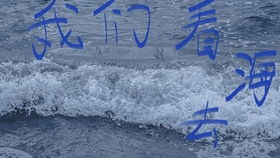Content:
Embarking on the exciting journey of fishing can be both rewarding and challenging, especially for beginners. One of the most common questions among novices is how to effectively catch small fish. Whether you're targeting panfish, minnows, or other small species, mastering the art of fishing for these elusive creatures requires a combination of patience, knowledge, and the right techniques. Here's a comprehensive guide to help you become a proficient small fish angler.
Understanding Small Fish Behavior

Before diving into the fishing techniques, it's crucial to understand the behavior of small fish. These creatures are often found in shallow waters, close to the shore, and are highly sensitive to changes in their environment. They are also more susceptible to noise and movement, which can scare them away. By understanding their habits, you can better position yourself and your gear to increase your chances of success.
Choosing the Right Equipment
Rod and Reel: For small fish, a lightweight spinning rod and reel are typically the best choice. The rod should be between 6 to 7 feet long, offering enough sensitivity to detect light bites. A spinning reel with a smooth drag system is ideal for handling small fish without breaking them off.
Line: Use a monofilament line with a thickness between 4 to 6 pounds. This weight is sufficient to handle small fish without being too heavy and visible to them.
Lures and Baits: Small fish are often attracted to natural-looking baits and lures. Small jigs, spinners, and tiny artificial worms are great options. Live bait, such as worms, crickets, or minnows, can also be highly effective.
Hooks: Small hooks, typically size 8 to 10, are perfect for small fish. Ensure the hooks are sharp to prevent the fish from easily slipping off.
Fishing Techniques for Small Fish
Location: Start by looking for areas where small fish are known to congregate. This could be along the shore, in weed beds, or near structures like rocks and logs.
Presenting the Bait: When fishing for small fish, it's important to be gentle with your presentation. Cast softly and allow the bait to sink naturally. Avoid jerking or twitching the line, as this can spook the fish.
Patience is Key: Small fish can be picky eaters, so patience is essential. Wait for a few minutes after casting before attempting to retrieve your bait. This gives the fish time to investigate the offering.
Twitching Techniques: For artificial lures, a slow and steady retrieve with occasional twitches can be effective. This mimics the natural movement of small prey and can trigger strikes.
Adjusting Techniques: If you're not having luck, try adjusting your techniques. Change your bait, the speed of your retrieve, or the depth at which you're fishing. Sometimes, even the smallest changes can make a significant difference.
Handling and Unhooking Small Fish
Gentle Handling: When you catch a small fish, handle it gently to avoid injury. Use a soft touch and avoid squeezing the fish tightly.
Unhooking Technique: For small hooks, it's often best to use needle-nose pliers to carefully remove the hook. If the fish is too small to hold securely, you may need to use your fingers to gently unhook it.
Conclusion
Catching small fish can be a delightful and challenging aspect of fishing. By understanding the behavior of these fish, choosing the right equipment, and employing effective techniques, you can increase your success rate significantly. Remember, fishing is as much about the experience as it is about the catch. Embrace the journey, enjoy the process, and you'll soon find yourself becoming a skilled angler, reeling in those elusive small fish with ease. Happy fishing!












